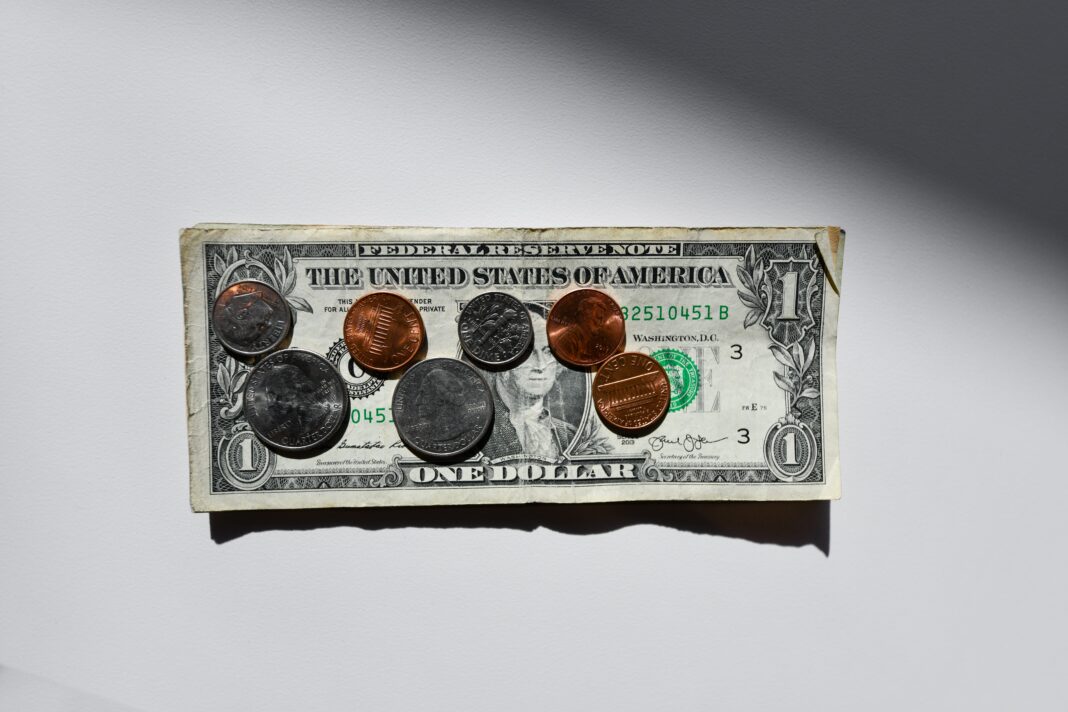
On Thursday, the Producer Price Index (PPI) report was expected to sit at 10.7%. Instead, it roared by the expectations, hitting 11.3%, another record highwater mark for recent history.
The index’s rising numbers are connected to energy costs surging upward year-over-year by 10%. Gasoline prices hit a nationwide average of $5.00 per gallon in June but have dipped slightly recently to $4.61 on Thursday, according to AAA.
The report followed the Consumer Price Index (CPI) report on Wednesday, which hit a record 9.1%. The CPI charged passed the expected 8.8%, and the hopes that inflation had peaked. Food prices have risen over 10% in the past year. Energy prices have shot upward by over 40%. New car prices have climbed more than 11%.
Although the Biden Administration claims the reports are “outdated” and “backward-looking,” therefore they don’t give the complete picture of how good things are.
National Economic Council Director Brian Deese told CNBC host Carl Quintanilla that lawmakers should “address the supply-side issues” contributing to higher inflation by passing the semiconductor manufacturing incentives. Quintanilla remarked that “more spending” wasn’t typically the approach taken in the face of high inflation.
Biden Admin Senior Gaslighter @BrianDeeseNEC on the worst inflation in 100 years: "More urgency than ever to pass" new spending bills pic.twitter.com/v48nkEcLCY
— Tom Elliott (@tomselliott) July 13, 2022
Small business owners are taking the hardest hit – 34% say inflation is their primary problem. A survey released in April revealed that one-third of small business owners were considering shutting their doors due to inflation. The CPI was 8.5% in March. The PPI had increased another 1.4% in March. Investopedia noted a compound annualized growth rate was 18.2%. Things haven’t gotten better for small businesses since March.
“As inflation continues to dominate business decisions, small business owners’ expectations for better business conditions have reached a new low,” NFIB Chief Economist Bill Dunkelberg remarked. “On top of the immediate challenges facing small business owners including inflation and worker shortages, the outlook for economic policy is not encouraging either as policy talks have shifted to tax increases and more regulations.”
Ginger Chambless, head of research for JPMorgan Chase Commercial Banking, explained that pricing pressures, increased interest rates, and supply-chain and labor-related issues had tested business leaders during the first half of 2022. According to JP Morgan Chase’s most recent Business Leaders Outlook Pulse, the pile-up of problems has promoted the highest degree of pessimism among executives in 12 years.
While 99% of executives report higher operating costs, 76% are passing more of their expenses to consumers by raising prices. Among the causes for the higher prices reported by the respondents are efforts to retain employees (77%), persistent supply chain issues (74%), and hiring difficulties (71%).




